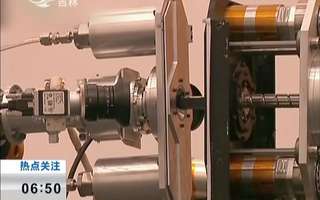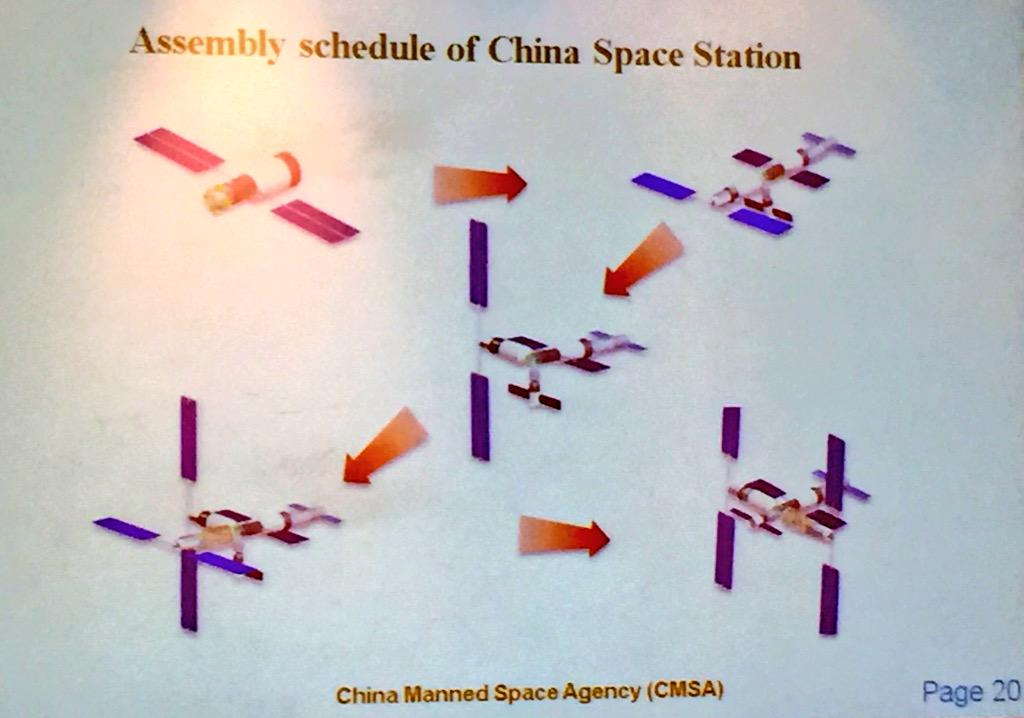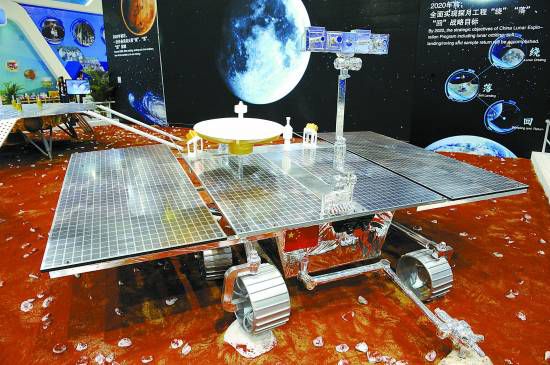Soheil_Esy
Fazanavard فضانورد
- Joined
- Apr 5, 2015
- Messages
- 744
- Reaction score
- 19
- Points
- 18
Belarusian communication satellite
2015/08/19
The assembly of the Belarusian communication satellite's three modules was recently completed. Test phase should follow.
Belarusian specialists sent in China have completed all the trainings provided by CASC.
This project is China's first successful commercial satellite export to Europe.

http://www.chinaspaceflight.com/satellite/tongxin/BELINTERSAT-1/BELINTERSAT-1.html
Robotic arm of future space station
2015-08-17
According to the China Aviation News newspaper, the Institute CAST (China Academy of Space Technology) has completed the mechanical tests of the robotic arm prototype of future Chinese space station.

http://www.cannews.com.cn/epaper/zghkb/2015/08/18/A06/story/596395.shtml
Lunar sample collection simulation
18 August 2015
The director of CAST (China Academy of Space Technology) visited the simulation hall to watch a lunar sample collection simulation of the future lunar probe CE-5.

http://www.cast.cn/CastCn/Show.asp?ArticleID=49044
Orbital refuelling satellite
2015-08-19
A live demonstration of a satellite orbital refueling was performed at the Astronaut training Center. The refuelling satellite used two robotic arms.

Video
http://v.ifeng.com/news/tech/201508/0164b62f-b60f-4f2d-96ae-7843608c6bdc.shtml
2015/08/20




http://www.chinaspaceflight.com/satellite/on-orbit-satellite-servicing.html
2015/08/19
The assembly of the Belarusian communication satellite's three modules was recently completed. Test phase should follow.
Belarusian specialists sent in China have completed all the trainings provided by CASC.
This project is China's first successful commercial satellite export to Europe.

http://www.chinaspaceflight.com/satellite/tongxin/BELINTERSAT-1/BELINTERSAT-1.html
Robotic arm of future space station
2015-08-17
According to the China Aviation News newspaper, the Institute CAST (China Academy of Space Technology) has completed the mechanical tests of the robotic arm prototype of future Chinese space station.

http://www.cannews.com.cn/epaper/zghkb/2015/08/18/A06/story/596395.shtml
Lunar sample collection simulation
18 August 2015
The director of CAST (China Academy of Space Technology) visited the simulation hall to watch a lunar sample collection simulation of the future lunar probe CE-5.
2 kg of moon rocks extracted, drilling up to 2 m deep

http://www.cast.cn/CastCn/Show.asp?ArticleID=49044
Orbital refuelling satellite
2015-08-19
A live demonstration of a satellite orbital refueling was performed at the Astronaut training Center. The refuelling satellite used two robotic arms.

Video
http://v.ifeng.com/news/tech/201508/0164b62f-b60f-4f2d-96ae-7843608c6bdc.shtml
2015/08/20




http://www.chinaspaceflight.com/satellite/on-orbit-satellite-servicing.html
Last edited:




















.jpg)















































